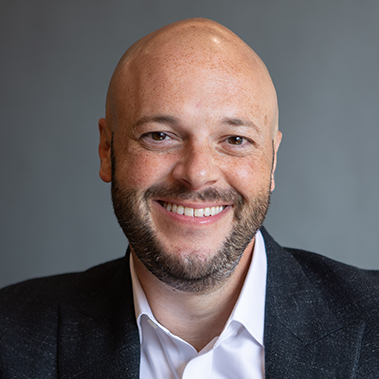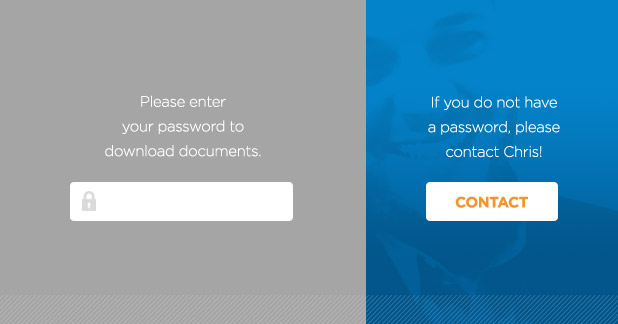“Work Better“… “Together“…
what are you supposed to do with this?
Look, if you’re like most business leaders I work with, your most pressing challenge — believe it or not — is NOT that people are lazy, dis-engaged, unmotivated or not working. Your REAL problem is that everyone is working on their own things, in their own ways and on their own timetables. In other words, the problem is focus and it’s severely impeding your team’s potential “horsepower.” So, to get everyone more focused and working better together it’s going to require … (wait for it)… CHANGE! More specifically, it’s about changing their temptation to “work together, alone.”
Reality Check:
Just because a group knows a desired outcome, it doesn’t mean they naturally align themselves with each other to achieve it. Oh no. Unfortunately, studies show most of us are too “self-focused” — looking only at what “I” will need to do to get a job done — while forgetting or ignoring how to harness the power of others to achieve the goal. This means your root struggle is getting your team to change their (perhaps long established) work behaviors. But how (because you know they won’t want to).
Mindset Shift:
To change people’s behaviors, you must first change their minds. Afterall, you want them to commit themselves to the new behavior, not just play with it for a few days and then go back to their old ways. So, there are 4 unique shifts — critical mindset areas — you need to tackle with your group to get them onboard. So, to plan and change for impact, use something we call the C.A.P.S. model. It helps stop people from doing the same things but expecting different results (remember, that’s called insanity).
Control — Does the team have enough control over changing the process to make it successful?
- Action — Ask what tools/resources does the group need? Do you need to run some “interference” on their behalf to give them more control/power?
- Goal — Get them to see (or give them) enough control to make an impact and successfully change.
Attitude – What are their current attitudes and beliefs (perhaps irrational beliefs) about changing things? Do they believe it would make a meaningful impact?
- Action — Invite them to open up, share.
- Goal — Get them to believe they can make this change can happen successfully and that it’s worth it!
Pressure— What external pressures, pre-existing routines/systems and norms would hinder/impede the success of this change?
- Action — identify “that’s the way it’s always been done” areas. What norms are helping and hurting the group?
- Goal — Get the group to challenge the norms and think about improved work-arounds/protocols. Don’t get stuck in the way it’s always been done.
Skills — What skills do they already possess (and need reminded of) to realize this transition may be easier than once thought – not starting from scratch.
- Action — identify existing strengths, skills and talents that already demonstrate momentum toward the goal
- Goal — Harness, reposition and realign their skills in order to work better together and produce the desired outcome (perhaps identify a skill gap within the group)
Performance Shift
Now, how do you effectively put this into action? It’s all about providing the right context and positioning to your group!
- Identify what success looks like with this change (give them something to aim at)
- Focus – and limit – the area of change (aim small)
- Pick a nearby milestone to which you’ll apply this change and then to evaluate its impact (aim close)
- Encourage individual, active adjustments but stay on target (keep aiming)
- Reinforce being on the right path when you see it – small cash prizes, gift cards are nice (be on target)
- Evaluate – and celebrate – success (hit the bulls-eye)












0 Comments